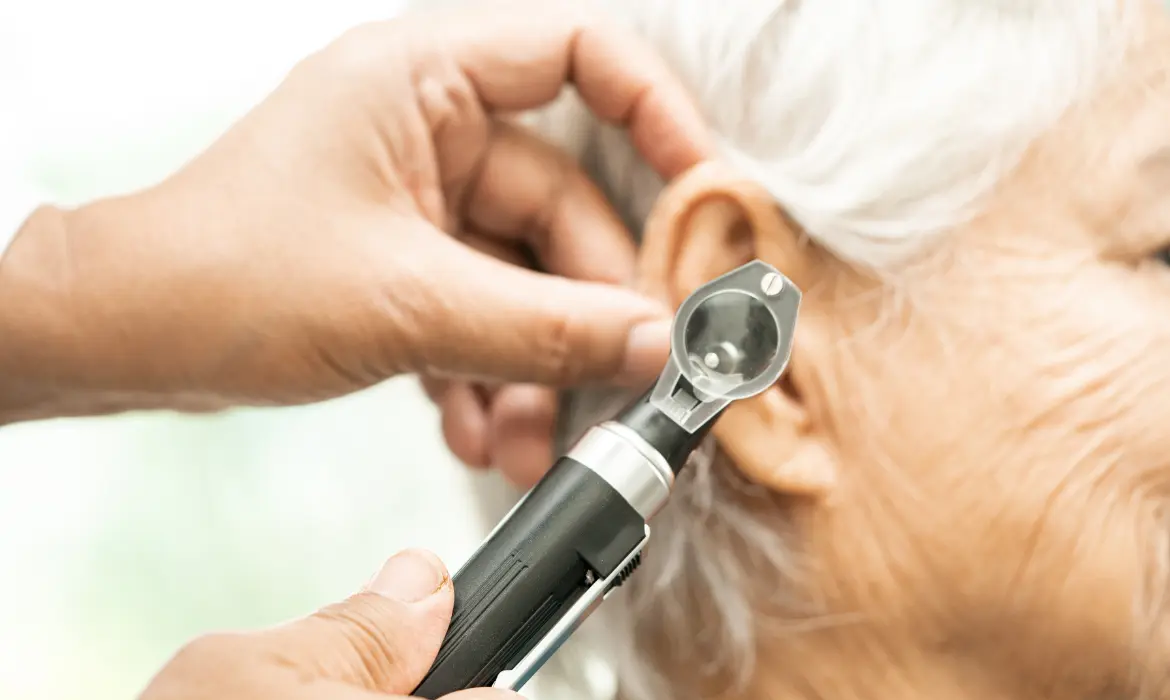Ear Wax Removal: An Essential Routine for Vulnerable Individuals with Disabilities
Ear wax, or cerumen, is a natural protective substance found in our ear canals. It functions as a barrier, capturing dust, foreign particles, and microorganisms to prevent them from penetrating deeper into the ear. Despite its protective role, excessive wax build-up can lead to hearing issues and other complications, particularly for individuals with disabilities, including those who are deaf or hard of hearing.
The Importance of Regular Ear Wax Removal
Research conducted by UK health organisations, including the Royal National Institute for Deaf People (RNID), highlights the vital importance of ear wax removal in maintaining ear health. For individuals with disabilities, regular cleaning is not merely a matter of hygiene; it is a necessity to ensure effective communication and daily functioning.
Key Reasons for Regular Ear Wax Removal Include:
- Improved Hearing Quality: Removing excess wax can significantly enhance hearing ability, which is especially important for those who use hearing aids or cochlear implants.
- Prevention of Ear Infections: Accumulated ear wax can create blockages that trap bacteria, increasing the risk of painful ear infections.
- Optimal Device Functionality: Clear ear canals ensure that assistive listening devices function efficiently without interference from wax build-up. Individuals who use hearing aids must regularly clean their ears to maintain optimal hearing.
- Enhanced Sensory Perception: For deaf or hard-of-hearing individuals, keeping ear canals clean can help improve their ability to sense vibrations or residual sounds.
Challenges with NHS Appointments and Transportation
While the need for regular ear wax removal is evident, accessing these services through the NHS can be challenging due to high demand and lengthy waiting times. Additionally, transportation barriers further complicate the situation for those with disabilities, making it difficult to attend appointments in person.
A Convenient Solution: Home-Based Ear Wax Removal
Fortunately, ear wax removal can be easily managed at home using affordable over-the-counter kits and devices. While it’s essential to consult a healthcare professional before undertaking ear care independently, home-based solutions offer:
- Convenience: Conduct ear wax removal easily without the need for travel.
- Cost-Effectiveness: Affordable kits are available, saving time and resources associated with clinic visits.
- Comfort: Individuals can address their ear care needs at home, with support from family or caregivers.
Prioritise Your Ear Health at Home
We encourage individuals, particularly those with disabilities, to prioritise regular ear wax removal as part of their self-care routine. Here are some steps to ensure effective ear care:
- Consult with Professionals: Seek guidance on suitable home care products and techniques for safe and effective ear wax management.
- Schedule Regular Cleanings: Set reminders to perform ear wax removal practices to prevent build-up consistently.
- Explore Affordable Options: Research and utilise ear wax removal kits available on the market, ensuring they are safe and easy to use.
In conclusion, regular ear care is essential for those with disabilities to maintain a good quality of life. Home-based solutions allow individuals to manage their ear health conveniently and affordably, reducing barriers to traditional healthcare access.
Join us in advocating for better awareness and accessibility of ear care solutions. By prioritising ear health, we can improve communication and engagement for everyone, enabling a more connected and vibrant life.



